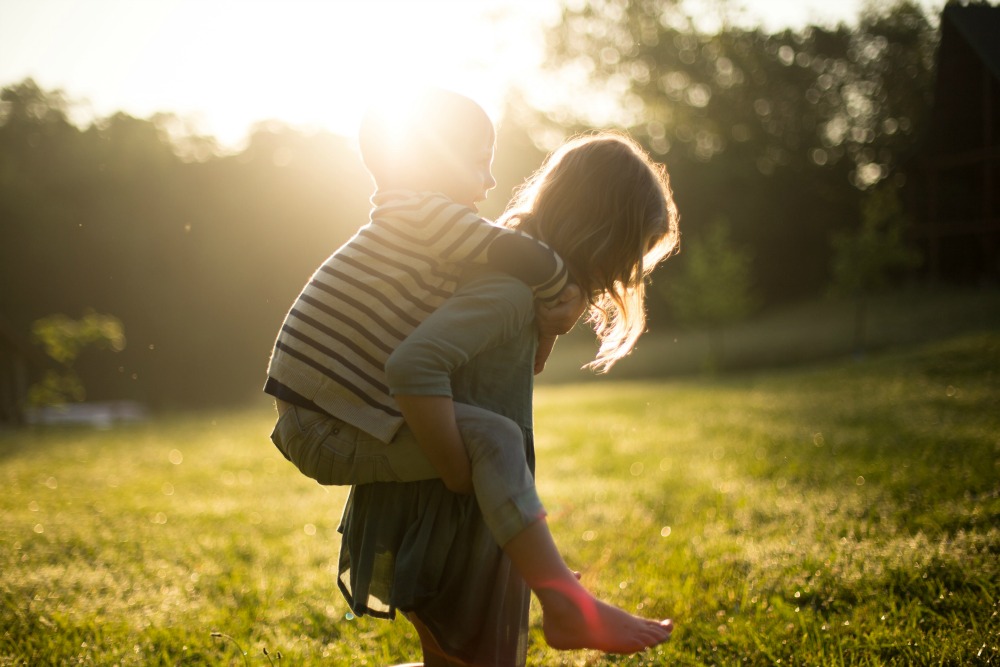“This is impossible,” Emily, the mother of three boys, exclaimed. “I don’t know if I’m supposed to give my kids more technology or less.” Emily felt paralyzed because she was caught between digital-age parenting advice and what her heart told her was right.
Online articles claimed that children need freedom with gadgets, but she knew a number of teens who spent their lives on their phones, spurned their families, and suffered from emotional problems. Emily was also dubious of promises that devices are the key to kids’ success, as she knew more than a few game-obsessed 20-somethings who still lived with their parents and showed no signs of being productive.
The Surprising Science of Raising Happy, Healthy Kids
In meeting with parents like Emily, I acknowledge the confusion about what is good parenting in the digital age. For guidance, I suggest looking to the science of raising healthy children. What it’s revealing is extraordinary: that even amid the trappings of our tech-obsessed culture, children’s connections to family and school are still the most important factors in their lives. In other words, it’s time we get back to the basics.
There are other elements of raising healthy children, including engaging kids in creative and outdoor play, and showing them what it means to be a good friend. We also need to teach kids self-control and how to use technology productively. Yet, children are better able to acquire these abilities if they have strong connections with family and school. Children learn the value of nature when parents expose them to the outdoors. And kids acquire self-control, or grit, by persevering through challenging school assignments.
The Two Pillars of Childhood
Family is the most important element of children’s lives — even in this world of bits and bytes — because we are human first. We can’t ignore the science of attachment that shows our kids need lots of quality time with us. Such experiences shape children’s brains, and they foster our kids’ happiness and self-esteem, while diminishing the chances that they will develop behavior or drug problems.
Second in importance only to family is children’s involvement with school. Nevertheless, some question the value of traditional schooling, claiming that in the digital age kids learn best through exposure to the latest gadgets. But, according to the Pew Research Center, the value of a college education is actually increasing in recent decades, providing youth higher earning potential and significantly lowering their risks of unemployment or poverty. And how do colleges gauge admission? Not through high scores on video games or the number of social media friends, but instead by measuring kids’ understanding of the learning fundamentals taught in school, including the ability to read, write, and do math well.
Bait and Switch
“He has little interest in joining us on family outings… and it’s like pulling teeth to get him to do homework,” Andrea, the mother of 12-year-old Kevin, told me. Turning to Kevin, who was sitting next to his mother, I asked him what he liked to do instead. “Play my game,” he responded matter-of-factly. From my work with families, I knew there was a good chance that Kevin would tell me video games mattered most. For girls, they often disclose that it’s their phones which distract them from family and school.
Too many parents are now the victims of a bait and switch. They are sold on getting tablets, smartphones, and other gadgets for their children with the promise that these will allow kids to contact family and get ahead in school. But soon after kids get the devices, they use them mainly for self-amusement. According to the Kaiser Family Foundation, kids spend only 16 minutes a day using the computer at home for school; in contrast, younger children spend 5 ½ hours and teens 8 hours each day with entertainment screen and phone technologies. That extraordinary amount of time spent playing with devices is often at the expense of kids engaging with family, reading, and completing schoolwork.
Connecting Kids with Family and School
How can you build your child’s life around family and school in this age of distraction? Apply authoritative parenting, the most effective parenting style, to your kids’ tech use. Authoritative parents are loving and highly engaged in children’s lives, and they provide high expectations and limits to support those expectations.
To be loving and engaged with our children, it’s best if parents and kids have lots of time away from devices to be fully present with one another. And to provide kids high expectations and limits, parents should not try to be their children’s friend, but rather understand that they have the responsibility to set tech limits (even when kids push back) to foster distraction-free family moments, reading, and study time.
Your home environment also shapes your children’s connection with family and school. Consider employing the rule used by many leading tech execs that children and teens not use screens and phones in their bedrooms. This encourages kids to spend time in shared family spaces and also increases the odds that they will use computers and other devices productively.
The Essence of Parenting
Besieged by changes wrought by the digital age, parents are searching for how to best raise their kids. What’s clear is that the essence of a healthy childhood isn’t found with phones and other devices. Instead, it’s children whose lives center around family and school who have the best chance of being happy and successful—two qualities that never go out of style.
About the Author: Richard Freed
 Richard Freed, Ph.D., is a child and adolescent psychologist, leading authority on raising children in the digital age, and the author of the book Wired Child: Reclaiming Childhood in a Digital Age. A contributor to the Huffington Post, and featured in the New York Times, Boston Globe, and other media outlets, he speaks regularly to groups of parents, teachers, and health providers. He lives in Walnut Creek, California with his wife and two daughters. To learn more, visit RichardFreed.com
Richard Freed, Ph.D., is a child and adolescent psychologist, leading authority on raising children in the digital age, and the author of the book Wired Child: Reclaiming Childhood in a Digital Age. A contributor to the Huffington Post, and featured in the New York Times, Boston Globe, and other media outlets, he speaks regularly to groups of parents, teachers, and health providers. He lives in Walnut Creek, California with his wife and two daughters. To learn more, visit RichardFreed.com



Karen and Richard – Thank you for surfacing this parenting challenge! We wrestle with it – so we built http://www.theSmartFeed.com to try and help parents build an arsenal of “good media” options for kids. We got tired of being in constant “no” mode about screens and realized no matter we did in our homes, the kids our kids’ play with – will all have some screen time influence. We’re sharing http://www.theSmartFeed.com as a free platform for parents – in hopes we can help more parents to find “good” kids media when screentime makes sense.
Such a great tool Linsly!
The article does not help parents understand what may be reasonable limits or how to respectfully ‘take control of and reduce the child’s time or potentially their obsession with the electronics.
Without those it is more of a commentary of facts than helpful to find next steps. What are some possible next steps without causing district ice disruption for adolescents that may be resentful?